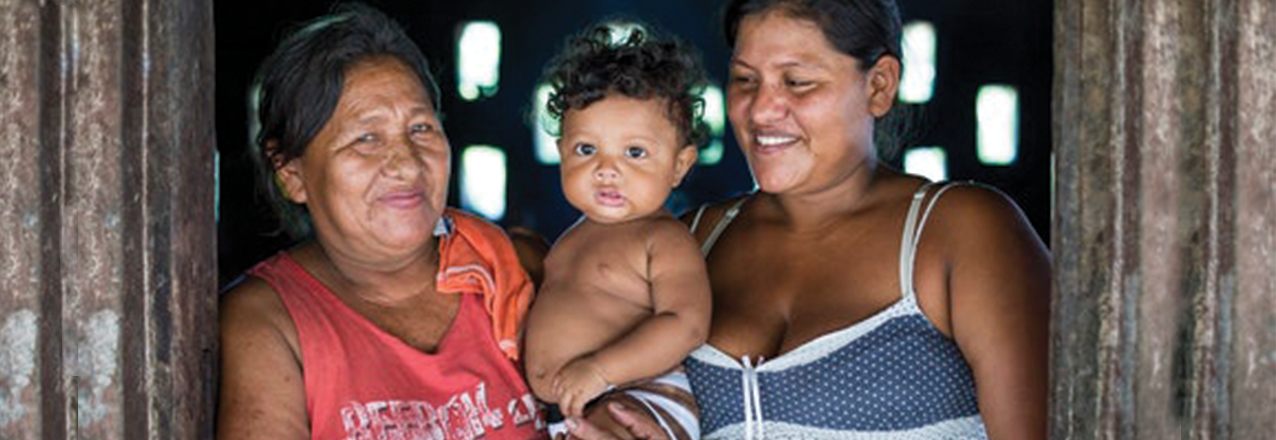Q&A with Ella Cecilia del Castillo, Regional Director of the Land Restitution Unit, Bolívar, Colombia
A LAND RESTITUTION POST-SENTENCING TECHNICAL ROUNDTABLE IN MONTES DE MARÍA IS A SPACE THAT ENABLES THE INSTITUTIONAL COORDINATION NEEDED TO TO COMPLY WITH ORDERS ISSUED BY LAND JUDGES IN FAVOR OF LAND CLAIMANTS THAT WERE DISPLACED DURING THE ARMED CONFLICT. IN THIS INTERVIEW, ELLA CECILIA DEL CASTILLO, REGIONAL DIRECTOR OF THE LAND RESTITUTION UNIT IN BOLÍVAR, DESCRIBES HOW THE GOVERNMENT IS IMPROVING DELIVERY OF SERVICES ION THE POST-RULING PHASE OF LAND RESTITUTION.
Q: How is land restitution process going in Bolívar thus far?
A: In Bolívar, the government has received 5,972 land restitution requests, and 93% of those have are in process or have been answered. In this moment, there are 1,104 demands—corresponding to approximately 16,000 hectares—in the hands of land restitution judges and magistrates. In Bolívar, nearly 5,400 hectares have been restituted. This corresponds to 205 individual and collective rulings, representing approximately 380 families. Some 60% of the rulings are in the course of implementation, and 40% of the cases are pending material delivery.
Q: One of the pitfalls in the implementation of restitution orders has to do with secondary occupants and the ability to vacate the land inhabited by a secondary occupant in order to deliver the land to the claimant. How have you solved this?
A: In the department of Bolívar, we have been pioneers in this issue of secondary occupants and in practice we have created new paths. Along with Sucre, we are the two regions with the most cases of secondary occupants. We have sought solutions together with the other institutions involved, including the restitution judges. We have managed to avoid forced eviction, rather for judges to convene preparatory hearings where all the entities are present, and we generate short-term commitments that will help the secondary occupant. This must happen before there is any recognition of ownership of a property where we know that there is a secondary occupant. If we don’t do this, a very complex situation is likely to unfold. We are trying to adopt practices that mitigate the amount of collateral damage and avoid that the secondary occupants are re-victimized. We also count on the support of regional authorities that assume many of the tasks necessary for the accommodation and transfer of the people, but the ultimate goal of this exercise is that there are no forced evictions and that our restitution work does not causes further damage or negative impacts upon our communities.
Q: Do joint spaces such as the post-sentencing technical roundtable enable the LRU and government partners to address issues such as secondary occupants and order compliance?
A: Yes, these spaces have been fundamental in terms of coordination between the institutions that are involved in land restitution, because together we can better identify bottlenecks and problematic situations preventing compliance and delivery. In these spaces, we have achieved significant coordination with the judges on the issue of secondary occupants and the compliance of delivering the property in question to the original owner. In addition, the LRU has been developing a methodology involving a series of visits along with the judges so that the relevant entities can comply with the ruling’s orders that favor the secondary occupant, who will be leaving the land. This methodology has provided excellent results, and there are recent cases in which we have seen valuable experiences of reconciliation between the second occupant and the claimant.


